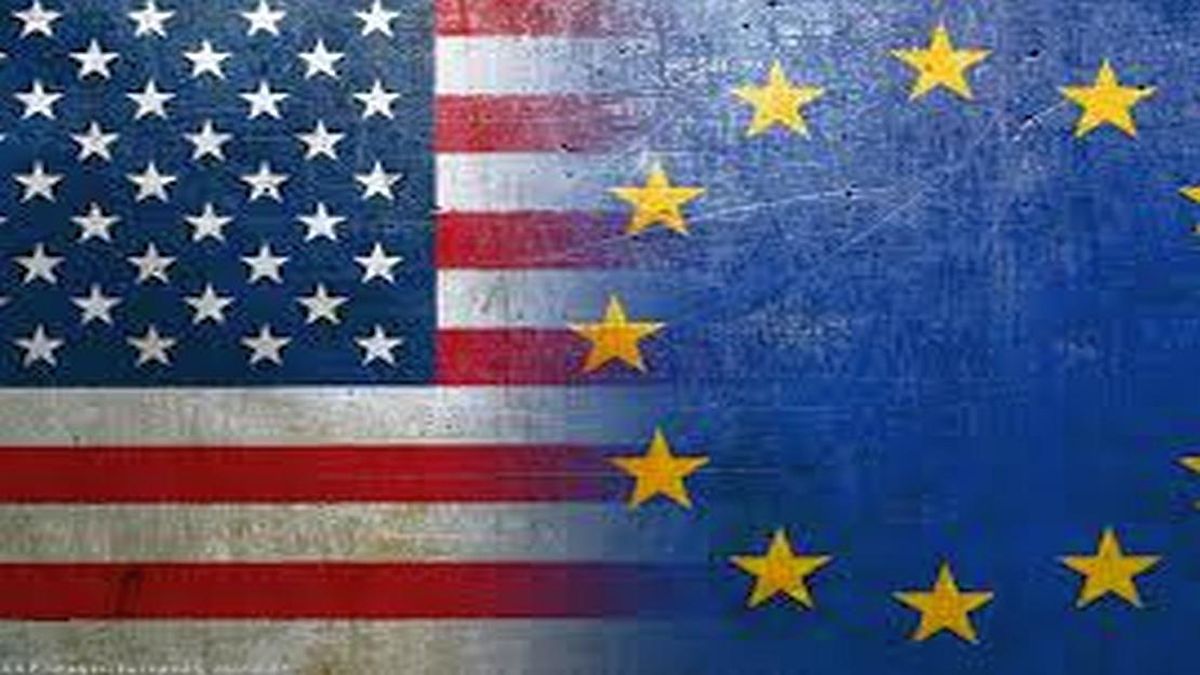The commercial agreement between States Joined and the Union European (EU) did not cause euphoria in the markets of the old continent because, among other reasons, of the 10% prior tariff went to one of 15%. For experts, the commercial block chose The youngest of the evilswhile looking to gain time. That decision, however, entails consequences for some of the key sectors of its economy and Add pressure to the European Central Bank (BCE) To cut the rates.
Upon knowing the novelty, the president of the European Commission (EC, EU Executive Body), Ursula von der LeyenHe argued that the agreement will give “stability and predictability” to companies and consumers. In this sense, from Personal Porfolio investors (PPI) it was explained: “The EU knew that the pact favored the USbut von der Leyen asked journalists ‘Do not forget where we come’in reference to 50% tariffs that Donald Trump He had threatened to apply. “
The expert analyst in International Trade Julieta Zelicovich considered in dialogue with Scope that this agreement “is a political election of the European Union to gain time and not lose advantage over their competitors“In his opinion,” the fact that in the last week some Asian economies joined the agreements, in addition to Kingdom United and Japan, He raised for the European Union a scenario of displacement of merchandise important for its economy“
For its part, the economist Federico Vaccarezza He stated that “many of the products that are exported from Europe to USA They are produced with American capitals within Europe“Therefore,” if this agreement was not closed, not only would there be a commercial blow, but A blow to the group of growth, GDP, activity and employment“
The impact on the European Union
Although there are still no clear estimates about how much the new 15% tariff could affect European products, according to projections of Bloomberg Economicsthe current taxes of 10% They already reduce the GDP of the Eurozone in approximately one 0.3%.
For its part, Vaccarezza He argued that if the EU had received A 50% tariff It would be equivalent to “a loss of US $ 100,000 million in exports, loss of industrial jobs and lower growth, around 0.5% – 1% of European GDP. It is a lot compared to what Europe grows.” And emphasized that “if the agreement is not signed, Those who are going to suffer are the automotive, pharmaceutical, machinery, food and high -end products sectors“
At the country level, Ireland It is one of the most affected: 53.7% of its exports of goods They are allocated to the United States, according to XTB. “The sector pharmacistwhich represents the 55% of Irish exports and whose shipments to the US are equivalent to 18% of the country’s GDPis especially at risk, “they detailed from the broker. Another very dependent country is Germanysince the US “absorbs the 10% of German exports (U $ S157.9 billion in 2023), which represents a 3.7% of German GDP “.
From the monetary plane, they also warned that with this agreement, “the pressure on the ECB will be intensified to continue with the interest rates. On the contrary, In the US, the risk of high inflation could question a cut of types in September. “
The search for new markets, and Mercosur?
Zelicovich considered that this agreement “It is the beginning of a conversation and not the closing of a result” and compared it to the one currently maintained by the US administration with China. “Something that Brussels emphasize a lot is that this is a maximum roof that they accept by Trump, but that It is the beginning to find a negotiation where zero tariffs go to zero“He detailed to the field.
Meanwhile, from XTB they said that “the current agreement imposes a new reality on the global commercial position of Europe: The tariff pressure of the United States, on the one hand, and the dumping and excess supply of China, on the other “. They emphasized the need to “diversify export markets” and lamented that the EU has “lost an opportunity to achieve broader agreements among countries affected by US tariffs.”
However, Vaccarezza considered that this reorientation of European trade could have just happened “within ten years”. And he listed: “China alone already saturates the entire Asian market. India is very protectionist. Southeast countries are going to say, ‘yes, you sell me, but first I produced a locally part and make sure US $ 90,000 million investments.”
In the Latin American case he cited four big problems. The first is the delay in the approval of the free trade agreement with Mercosur. The second is the little infrastructure in the region. The third is that “Latin America has a third of the purchasing power of Asia” and the fourth is again the competition against China. “You are not going to sell high -end industrial products to Latin America, because China is already selling three times cheaper“He concluded.
Source: Ambito




